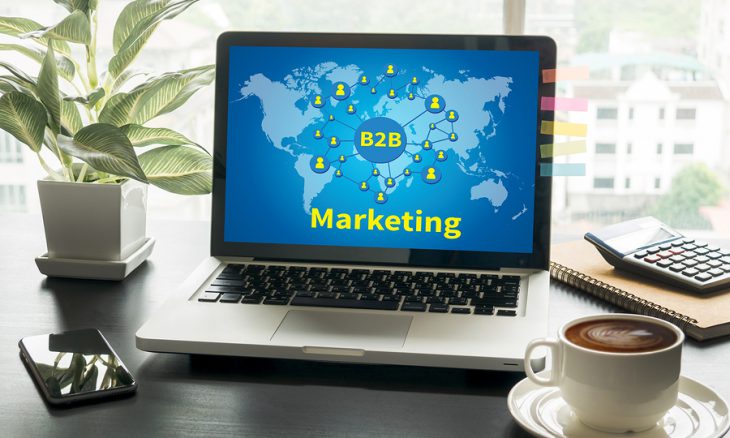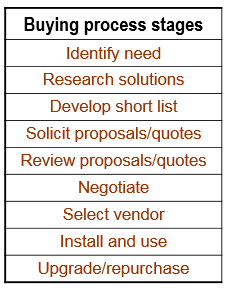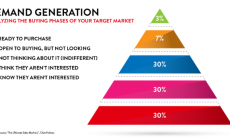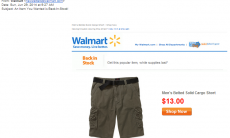B2B selling is a complicated affair, but you can simplify your marketing strategies dramatically with buying process analysis. This means that you lay out your prospect’s buying process, stage by stage, and then develop a selling process that maps to it. Voila! Your marketing investments will become much more efficient, being applied to their best use. You’ll also be more effective, since each element is targeted to a specific goal. Let’s look at how this works.
Here’s a typical B2B large enterprise buying process, broken down into its logical stages.
The stages are pretty obvious—any marketer can create such a list on the back of a cocktail napkin. But you may find that the buying process will vary by segment, so you may need more than one.
The next step is to clarify your marketing objective at each stage. Simply put, your objective is to help move the prospect along his buying journey, stage by stage, in your favor. But you can get more granular. At the stage when the prospect begins researching solutions, your objective is to be among the consideration set. At the next stage, you want to be selected for the short list. When they are soliciting proposals, you want to submit a winning bid. And so on.
Now, your marketing activities can be directed toward supporting this process. Consider which media make the most sense at each stage. When you are trying to become known to researchers, media relations and trade shows can be the most effective tools. When the prospect is reviewing proposals, you may decide that a webinar is a good method for educating them on your capabilities. Once you’ve won the business and they are beginning to use your product or service, you might invite them to a user group.
The same thinking can be applied to other areas of the marketing communications mix. What content do you need to move the prospect from one stage to the next? What data elements are required at each stage? What motivational offers will be most effective?
I am fond of this approach to B2B marketing, especially in the account-based marketing context, because it helps us get focused and reduces what you might call random acts of marketing communication.







